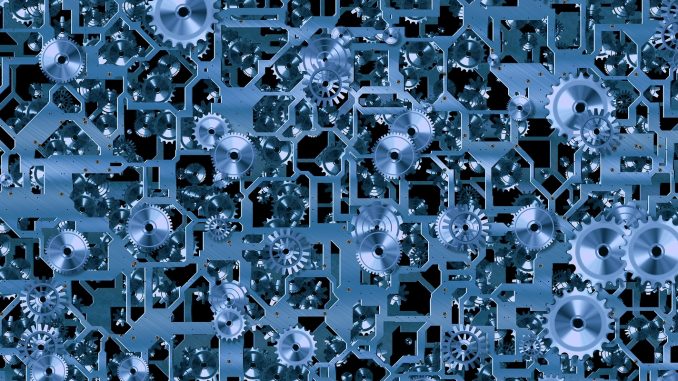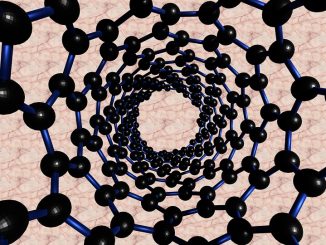
What would you make if you had a machine that could make anything? One day soon we may have machines that can do exactly that. The most famous example of the Universal Assembler is probably the Replicator from Star Trek. What do you need — Equipment? Clothes? A Cup of Tea?
Recent developments suggest such a device may be closer than many of us expect.
A Real World ‘Star Trek’ Replicator Is Now Possible Thanks To New Breakthrough
A startup with alumni from MIT and Yale says it’s made a breakthrough in creating a next-generation material that should make it possible to 3-d print literally anything out of thin air.
New York-based Mattershift has managed to create large-scale carbon nanotube (CNT) membranes that are able to combine and separate individual molecules.
“This technology gives us a level of control over the material world that we’ve never had before,” said Mattershift Founder and CEO Dr. Rob McGinnis in a release. “For example, right now we’re working to remove CO2 from the air and turn it into fuels. This has already been done using conventional technology, but it’s been too expensive to be practical. Using our tech, I think we’ll be able to produce carbon-zero gasoline, diesel, and jet fuels that are cheaper than fossil fuels.”
RELATED
Chemists make first-ever ring of pure carbon
Long after most chemists had given up trying, a team of researchers has synthesized the first ring-shaped molecule of pure carbon — a circle of 18 atoms.
The chemists started with a triangular molecule of carbon and oxygen, which they manipulated with electric currents to create the carbon-18 ring. Initial studies of the properties of the molecule, called a cyclocarbon, suggest that it acts as a semiconductor, which could make similar straight carbon chains useful as molecular-scale electronic components.
It is an “absolutely stunning work” that opens up a new field of investigation, says Yoshito Tobe, a chemist at Osaka University in Japan. “Many scientists, including myself, have tried to capture cyclocarbons and determine their molecular structures, but in vain,” Tobe says. The results appear in Science1 on 15 August.
WT 494-820
Eternity Kevin MacLeod (incompetech.com) | Licensed under Creative Commons: By Attribution 3.0

